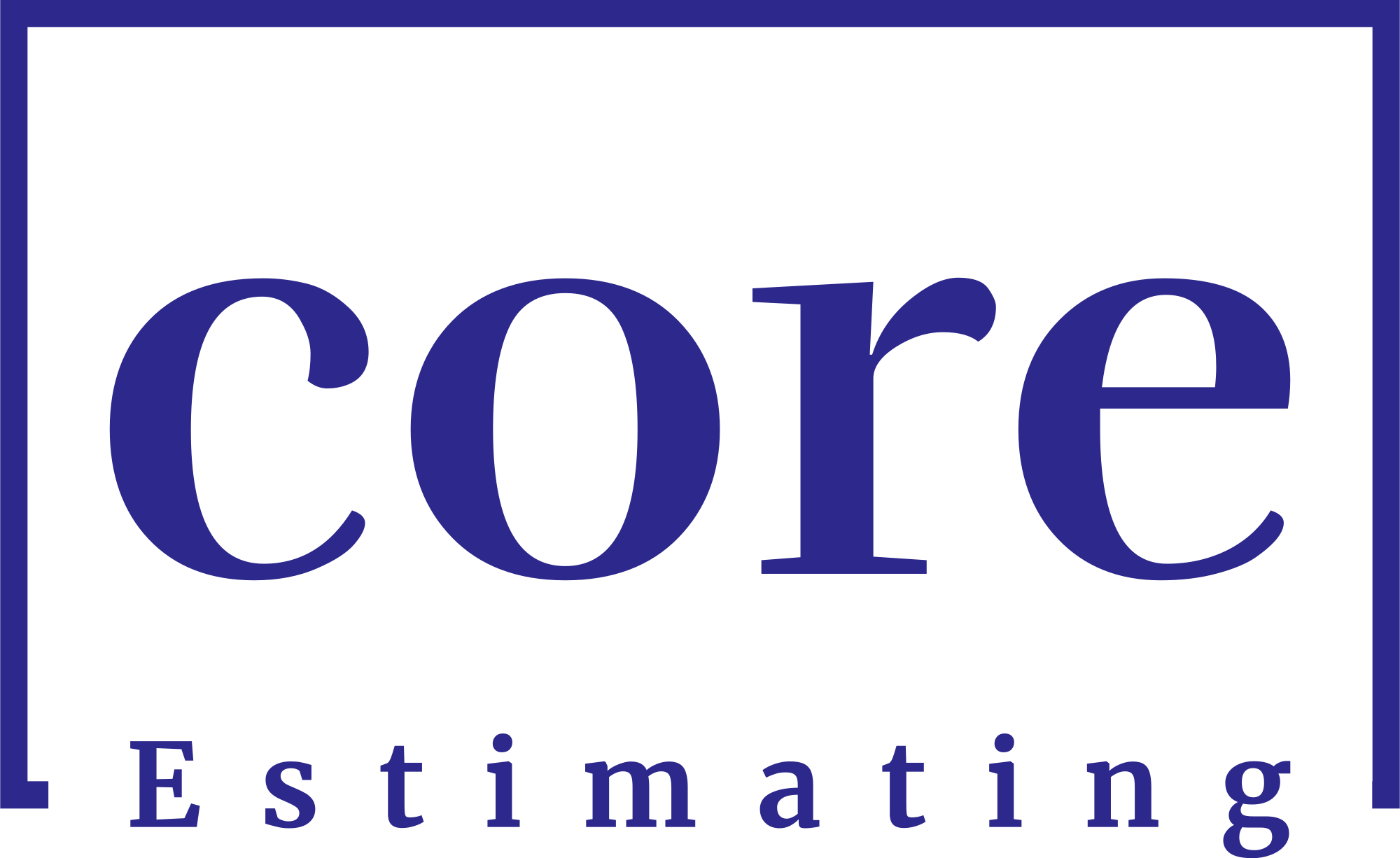In project management, accurate cost estimation is crucial for successful project execution. Among various estimation techniques, “Top-Down Estimating” stands as a significant approach. This article aims to provide a detailed understanding of top-down estimating and the conditions where it proves to be effective.
If you’re in need of construction estimate services, simply go to homepage or follow the links below:
| Services | Links |
|---|---|
| Detailing Services | Link |
| Building Information Modeling | Link |
| General Contractor | Link |
| Subcontractors | Link |
| MEP | Link |
Understanding Top-Down Estimating
Top-Down Estimating is a high-level estimation method that involves deriving project estimates from overall project characteristics rather than detailed data. Instead of breaking down the project into smaller components, the top-down approach relies on historical data, expert judgment, and analogous projects to predict costs and timelines.
Advantages and Disadvantages of Top-Down Estimating
3.1 Pros of Top-Down Estimating
- Quick and Efficient: Top-down estimating saves time and resources by providing early estimates without delving into detailed analysis.
- Useful in Early Stages: During project initiation or when limited data is available, top-down estimating offers valuable insights.
- High-Level Decision Making: It aids in determining project feasibility and obtaining initial funding approvals.
3.2 Cons of Top-Down Estimating
- Lack of Accuracy: Due to its high-level nature, top-down estimating may result in less accurate estimates.
- Limited Detail: It may not provide sufficient granularity, making it difficult to identify potential risks or specific cost drivers.
Factors Influencing Top-Down Estimating Accuracy
4.1 Project Complexity
The complexity of the project influences the accuracy of top-down estimates. Highly intricate projects may require more detailed estimation methods.
4.2 Availability of Historical Data
The availability and relevance of historical data significantly impact the reliability of top-down estimates. Projects with similar characteristics and data can yield more accurate estimates.
4.3 Expertise and Experience
The experience and expertise of the estimator play a crucial role. Experienced professionals can make better judgments based on their past projects.
4.4 Stakeholder Involvement
Involving stakeholders in the estimation process enhances the accuracy of top-down estimates, as they can provide valuable insights and domain knowledge.
Best Practices for Top-Down Estimating
5.1 Defining Scope and Objectives
Clearly defining the project scope and objectives help in making accurate assumptions during top-down estimating.
5.2 Setting Realistic Assumptions
Avoiding unrealistic assumptions ensures more credible estimates, reducing the risk of project cost overruns.
5.3 Regularly Reviewing and Updating Estimates
As the project progresses and more data becomes available, it is crucial to update and refine the top-down estimates.
5.4 Utilizing Multiple Estimation Techniques
Combining top-down estimates with other methods, such as bottom-up estimating, can lead to more comprehensive and reliable results.
Comparing Top-Down Estimating with Bottom-Up Estimating
While top-down estimating is useful for initial assessments, bottom-up estimating provides a more detailed breakdown of costs and timelines. The choice between the two methods depends on the project’s phase and available data.
Real-World Examples of Top-Down Estimating
- Construction Projects: In the early stages of a construction project, top-down estimating can help determine its financial feasibility.
- Software Development: For software projects, top-down estimates can be used to secure initial budgets and allocate resources.
Conclusion
Top-down estimating serves as a valuable tool in project management, especially during the initial stages when detailed data is limited. However, its accuracy depends on various factors, such as project complexity, historical data availability, expertise, and stakeholder involvement. By following best practices and combining it with other estimation techniques, top-down estimating can provide valuable insights for successful project planning and decision-making.






